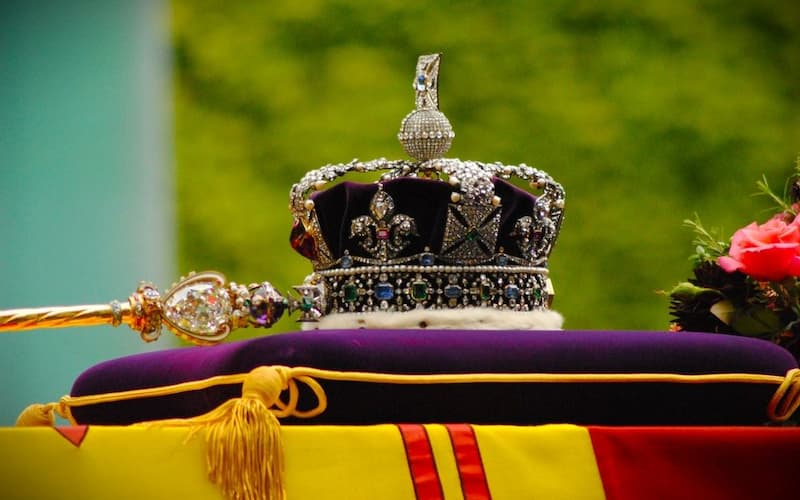Crown jewels debate: Coronation diamonds as colonialism symbols
The coronation of King Charles III raises controversy over crown jewels with colonial ties, sparking debate and demands for repatriation of gems.

May 5, 2023
The upcoming coronation of King Charles III has sparked debate and controversy regarding certain sacred jewels and relics, such as the allegedly absconded diamonds and ivory items. Despite efforts by the royals to address and exclude the most contentious symbols of colonialism from the ceremony, the crown jewels still provoke discourse. At the center of the controversy lies the 105.6-carat Koh-i-Noor diamond, originally from India and currently part of the crown made for the Queen Mother in 1937. The gem's history is murky, with conflicting accounts of whether it was gifted or coerced from Indian ruler Maharajah Ranjit Singh in 1849.
Indeed, the Koh-i-Noor diamond boasts a tumultuous past, predating British colonization. The Royal Palace acknowledges its previous owners, which included Mughal Emperors, Shahs of Iran, Emirs of Afghanistan, and Sikh Maharajas. Consequently, nations such as India, Pakistan, Iran, and Afghanistan have claimed ownership, but the diamond remains with Britain. To sidestep the colonial controversy during the coronation, Queen Camilla has chosen to wear a refurbished version of Queen Mary's Crown rather than have a new one made.
The ceremony overall has been scaled back in comparison to Queen Elizabeth II's 1953 coronation, yet will still showcase significant pageantry. Queen Camilla's revised crown will feature the Cullinan III, IV, and V diamonds as a tribute to Queen Elizabeth II, who often wore them as brooches. These diamonds, along with 2,200 others, will be embedded in the crown. However, the inclusion of these Cullinan diamonds also presents issues, as does the ivory sceptre that Queen Camilla will receive during the event.

Discovered in South Africa in 1905, the massive Cullinan diamond was named after the chairman of the mining company, Thomas Cullinan. Later purchased by the colonial government and presented to King Edward VII, the diamond was divided into nine stones. The 530-carat Cullinan I, or the “Great Star of Africa,” is embedded in the Sovereign's Sceptre with Cross, which will be handed to King Charles at the coronation. Critics argue that the history of the Cullinan diamonds, like that of the Koh-i-Noor, epitomizes colonialism and imperialism.
Recent scrutiny of the crown jewels has led to calls for their return to their countries of origin. A petition in South Africa demanding the repatriation of the Cullinan diamonds has gathered more than 8,000 signatures. Despite efforts to navigate the situation, the monarchy remains in a catch-22—swapping the Koh-i-Noor for the South African diamonds does not resolve the ongoing controversy.
